Best Time to Campervan Iceland: A Seasonal Guide
Why Timing Matters for Camper Travelers
Choosing the best time to campervan Iceland depends on what you want to see and experience. Each season offers something different—midnight sun in summer, aurora hunting in winter, and colorful early autumn landscapes. But with Iceland’s beauty also comes challenges: unpredictable weather, icy roads, and even sudden blizzards in the colder months.
For us as camper travelers, timing is everything. A good plan means you’ll get to enjoy Iceland’s hot springs, national parks, and epic sights like black sand beaches or ice caves without rushing or dealing with the downsides of the wrong season. Whether you’re drawn to endless daylight, chasing the northern lights, or hoping for fewer tourists, this guide helps you figure out the perfect season for your camper trip.
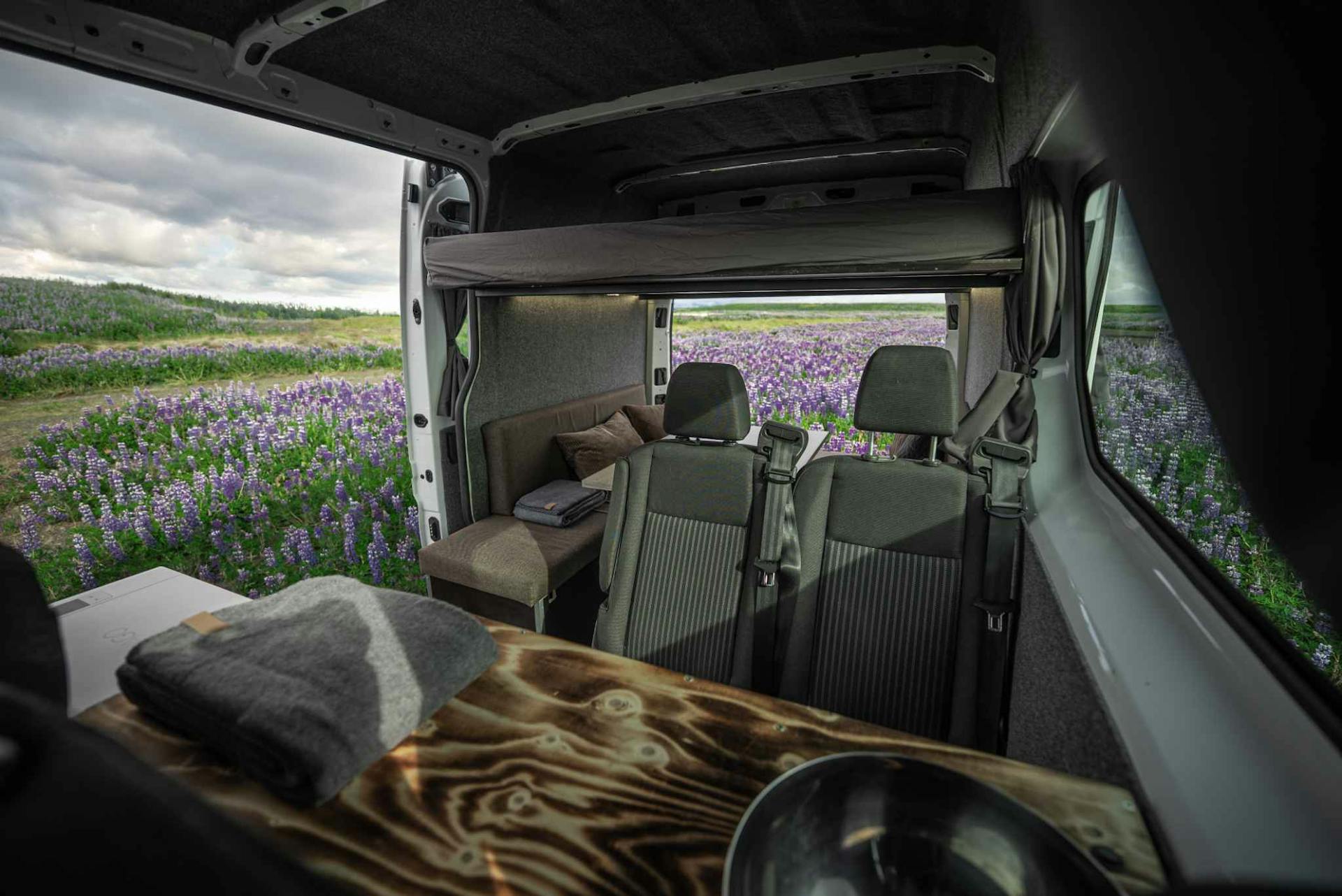
Summer in Iceland: Midnight Sun and Endless Daylight Hours
If you want long driving days and easy sightseeing, summer is the most popular time to visit Iceland. From late May to mid-August, Iceland is blessed with the midnight sun, which means almost 24 hours of light. For camper travelers, that’s gold—you can keep driving the ring road, stop for photos whenever you want, and still set up camp late without worrying about dark roads.
The long daylight hours make summer feel like one big icelandic adventure. You can cover more ground, visit more places, and enjoy road trips at your own pace. The downside? Summer is also peak season, which means summer crowds, higher prices, and sometimes crowded campsites. But for many, the trade-off is worth it.
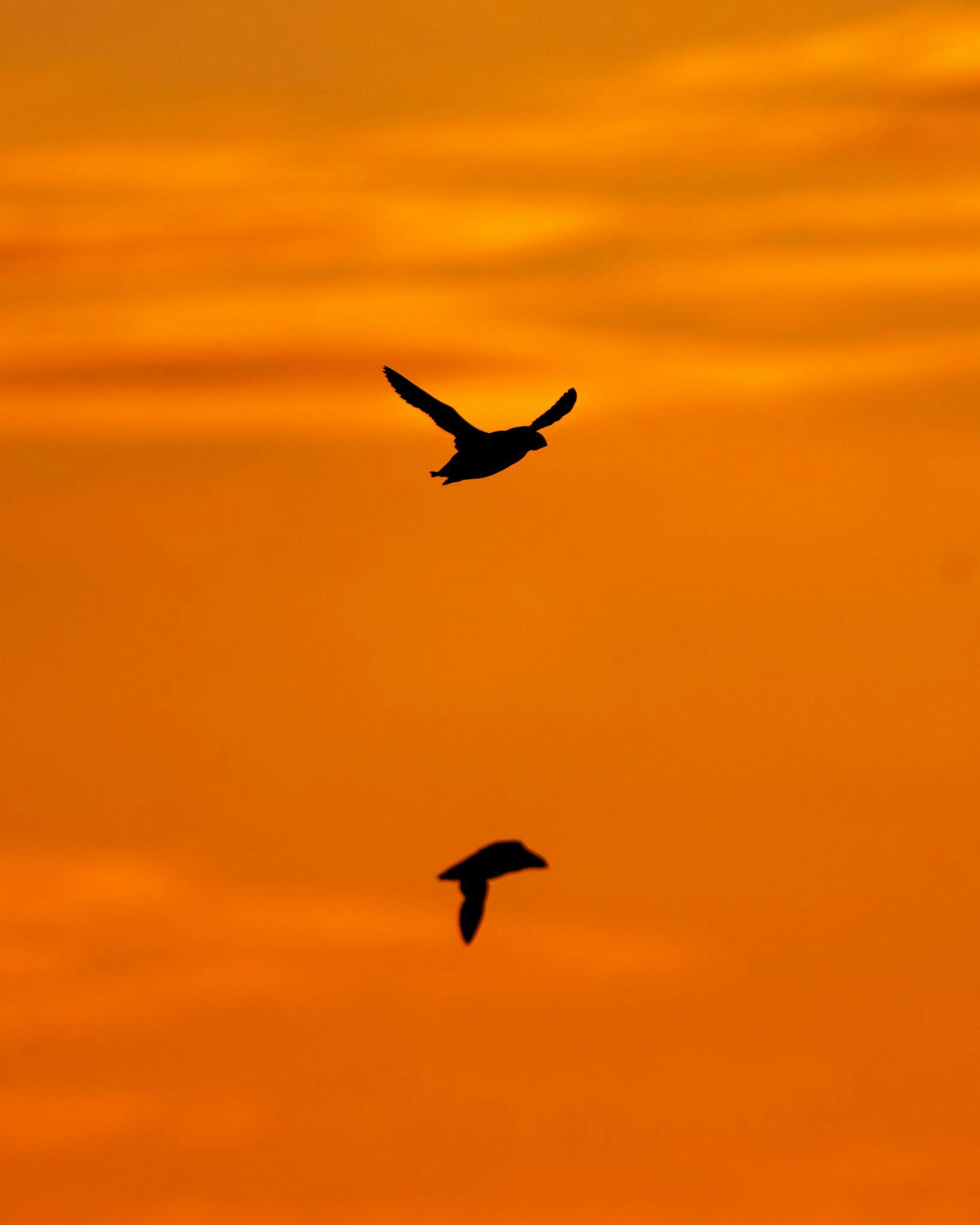
Golden Circle Highlights in Peak Season
One of the best summer routes for camper travelers is the Golden Circle. With the long daylight hours, you can start late, take your time, and still enjoy every stop:
- Þingvellir National Park – A UNESCO World Heritage Site and an easy short hike destination.
- Geysir Geothermal Area – Watch boiling water shoot into the sky.
- Gullfoss Waterfall – Stunning in any season, but particularly impressive with summer sun glinting off the spray.
Because of the summer crowds, it helps to visit early in the morning or later in the evening when fewer people are around. Thanks to the midnight sun, you can still explore late without missing the views.
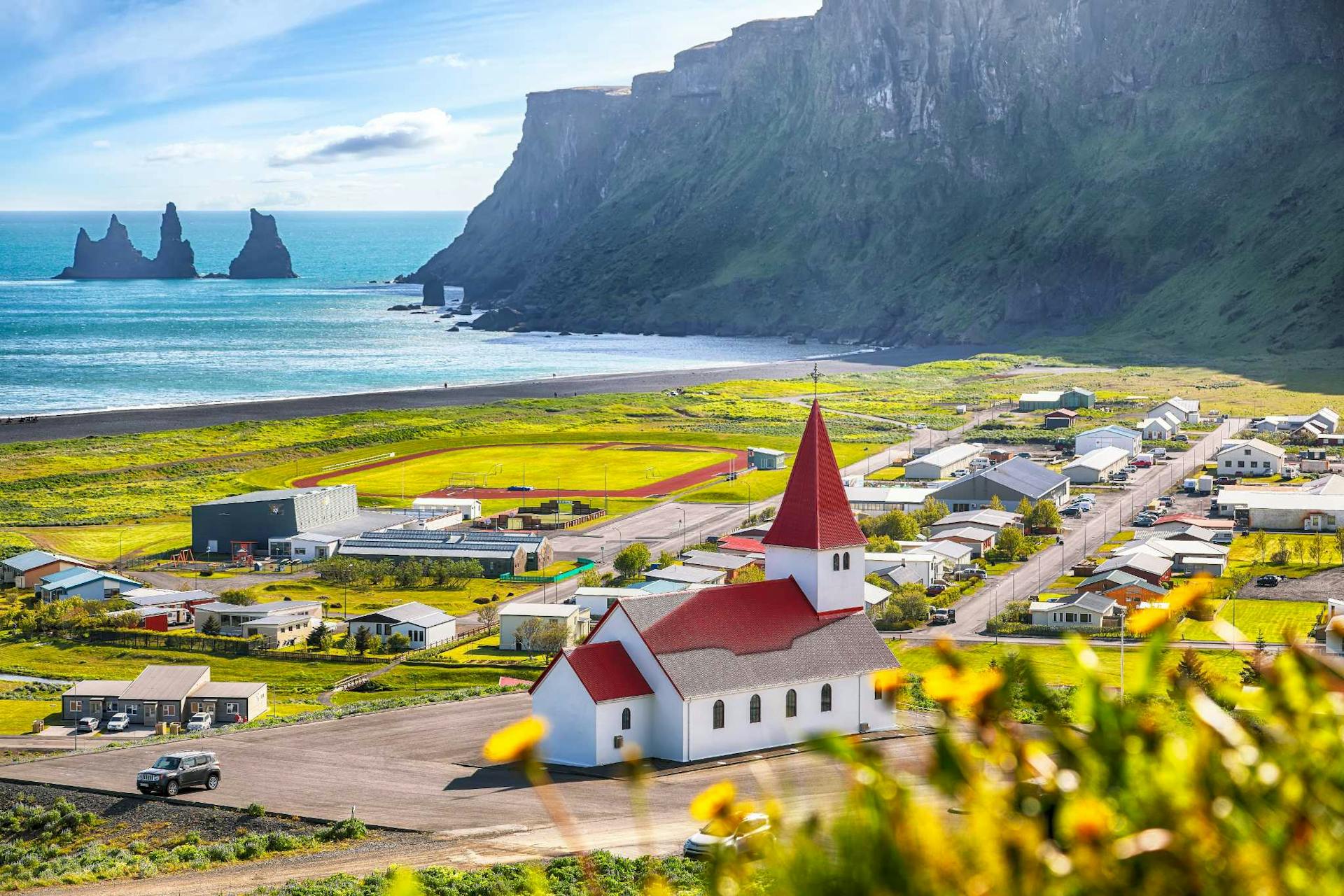
Exploring Iceland’s Hot Springs in Summer
No matter when you go, hot springs are part of every camper trip. In summer, with the warm weather and mild weather of late spring, it’s especially enjoyable to soak after a long day of sightseeing.
- The Blue Lagoon is the most famous, and although busy in peak season, it’s a must-try.
- The newer Sky Lagoon near Reykjavík combines a steam room with infinity-pool ocean views.
- Don’t miss Iceland’s hot springs out in nature. From remote hot pools in the highlands (accessible when F roads open) to geothermal rivers near Reykjavík, you’ll find countless places to relax.
The trick in summer is to plan your soak times when fewer crowds are around—early morning or late evening thanks to the endless daylight.
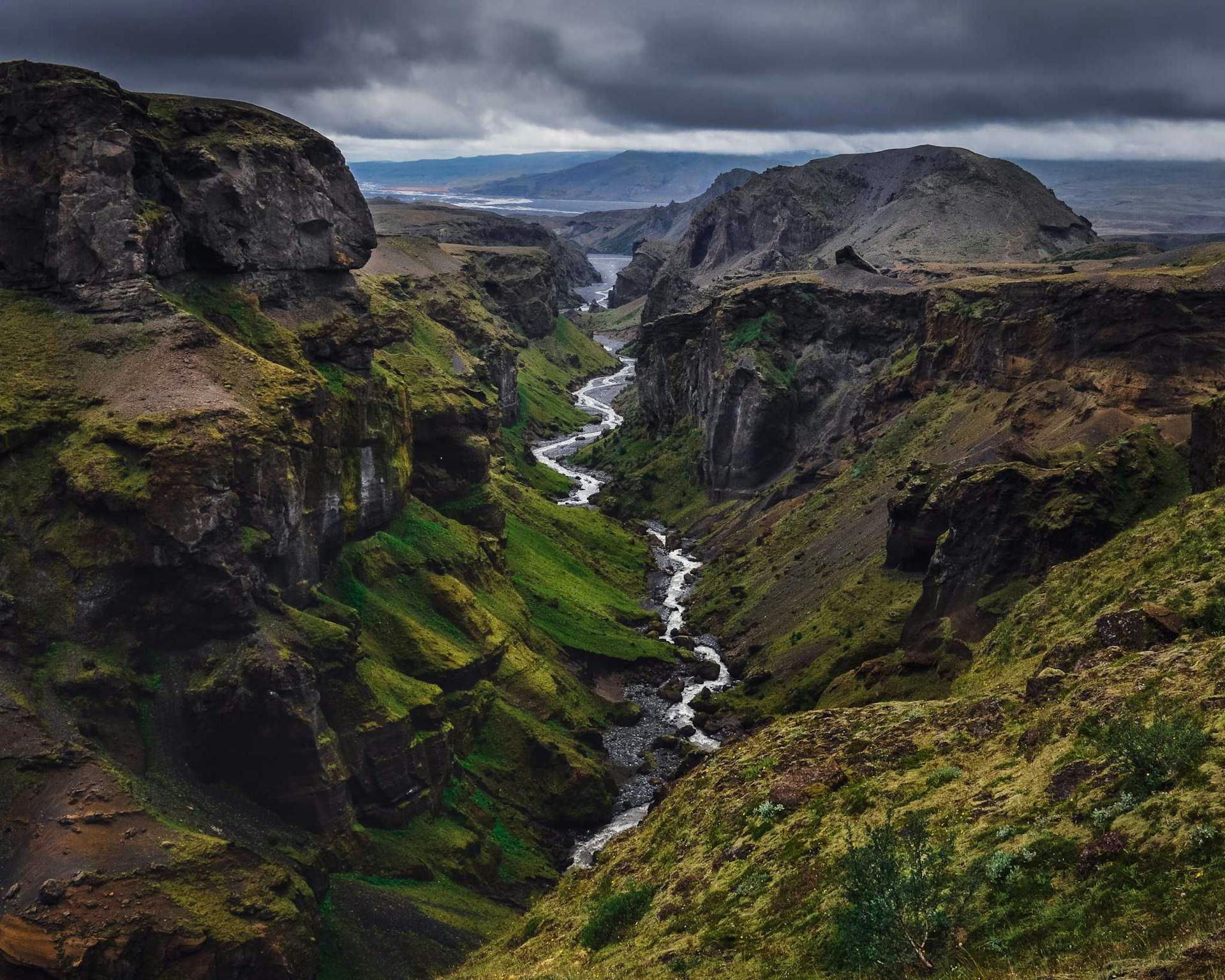
Whale Watching and Outdoor Adventures in Summer
Summer is also prime time for whale watching. From Húsavík in the north to Reykjavík in the south, daily boat tours depart, giving you the chance to see humpback whales, minke whales, and sometimes even orcas. For many, it’s an unforgettable experience that adds something special to an iceland trip.
Beyond whales, summer is perfect for outdoor adventures:
- Hiking trails in Vatnajökull National Park are open and easily accessible.
- Black sand beaches on the south coast can be visited without the risk of icy roads.
- Coastal sea cliffs are full of puffins during the summer months.
For adventurous travelers, summer may not have the magic of the northern lights, but the ability to explore Iceland in constant light is hard to beat.
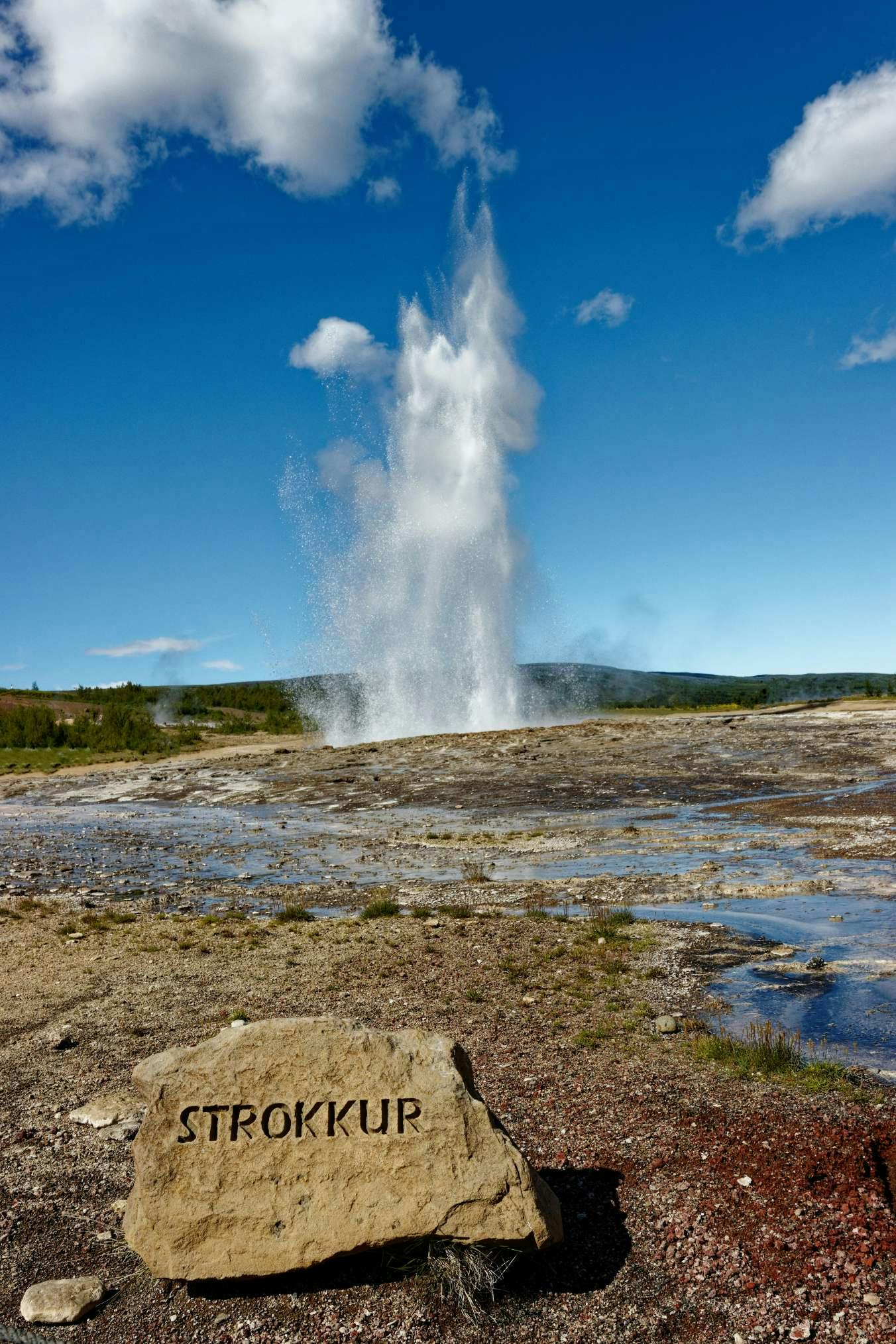
Visiting Iceland in Early March: Frozen Waterfalls and Snowy Landscapes
If you’re wondering about early march, this is one of the most dramatic times to travel by camper. The country is still in the grip of winter, with snowy landscapes, icy cliffs, and the chance to see frozen waterfalls like Gullfoss and Dettifoss. For photographers and camper travelers who don’t mind chilly nights, the views are worth it.
Driving in March does require caution. Icy roads and mountain pass closures are common, and sudden blizzards can change conditions within minutes. Always check gas stations along your route, keep your tank full, and download offline maps in case of poor cell coverage.
The reward? Dramatic scenery and fewer crowds compared to summer. It feels like you’re experiencing Iceland in its rawest form.
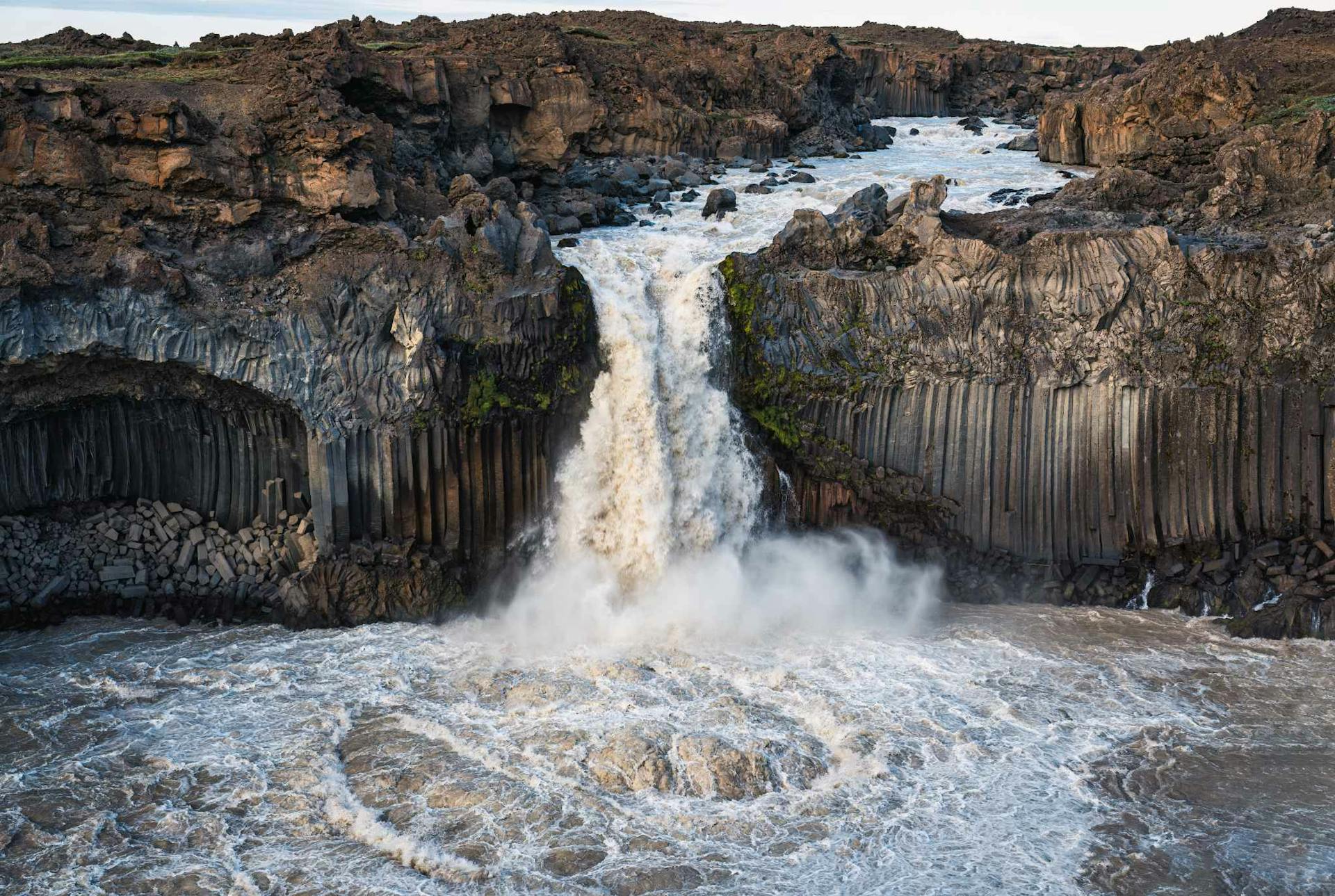
Early Spring and Late April: When the Snow Melts
By late april, days are getting longer, the snow melts, and daylight hours increase quickly. This is a fantastic time to visit Iceland because you still get traces of winter beauty, but roads are easier to drive. For adventurous travelers, it’s the sweet spot between winter camper trips and the busier peak season.
Expect some snow flurries in the north or highlands, but generally, you’ll see milder conditions. Hiking trails in Vatnajökull National Park start to open, and national parks like Þingvellir National Park are less crowded than in summer.
Pack layers, bring waterproof hiking boots, and keep camping gear handy for cold nights. Spring is also a great time to enjoy iceland’s hot springs, as many natural pools are quieter than in July or August.
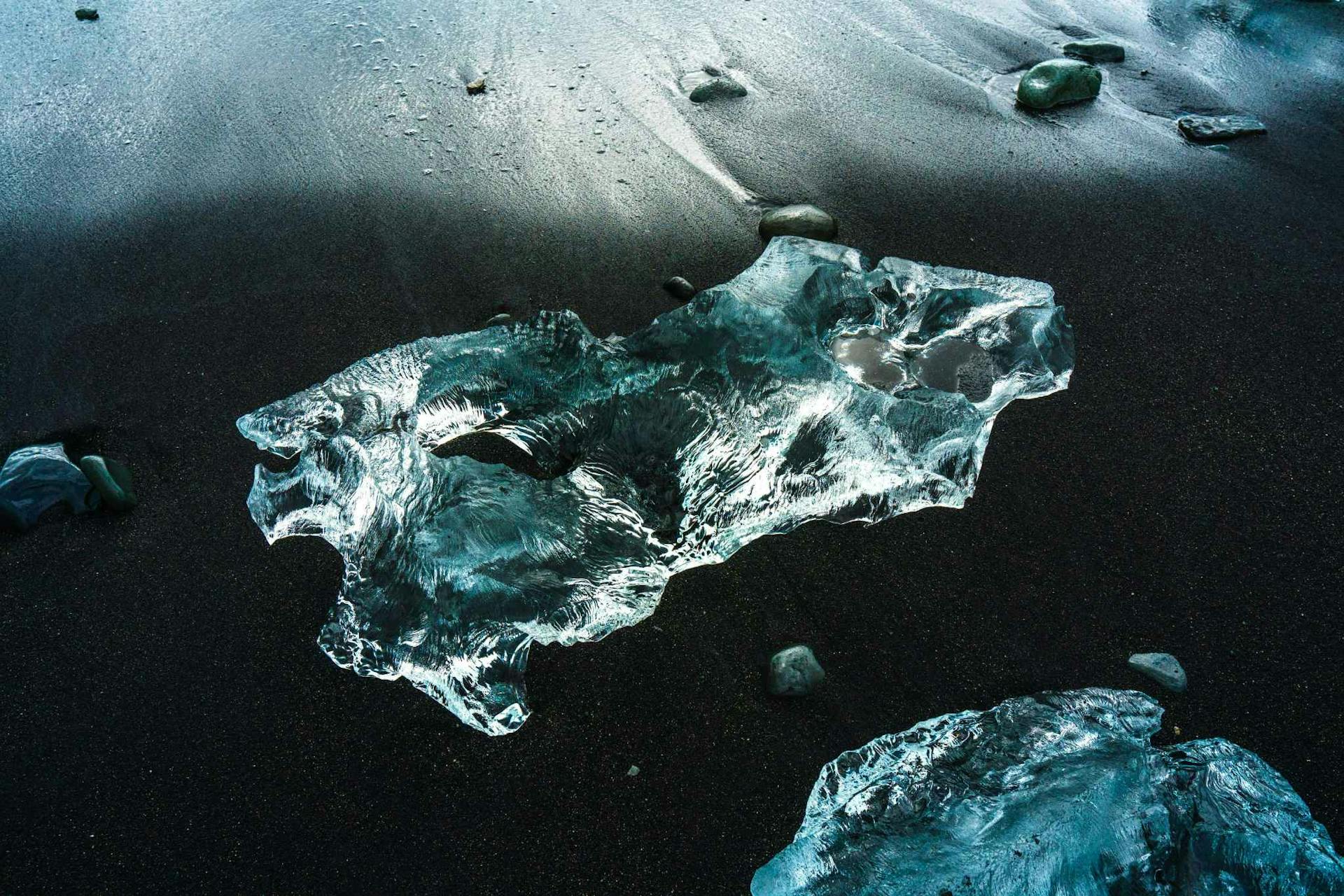
Aurora Hunting in Early March Nights
One of the biggest draws of early march is the chance to go aurora hunting. The long dark skies combined with less light pollution make this one of the most reliable times to catch the northern lights.
Tips for success:
- Use aurora forecast apps to track solar activity.
- Park your camper away from towns for the clearest skies.
- Bring warm drinks, blankets, and patience—sometimes the show takes hours to appear.
Seeing the aurora from your camper trip is one of the most magical things you can experience. You step outside, watch the colors swirl above glaciers or black sand beaches, then climb back into your cozy van. For many, this is the highlight of their iceland trip.
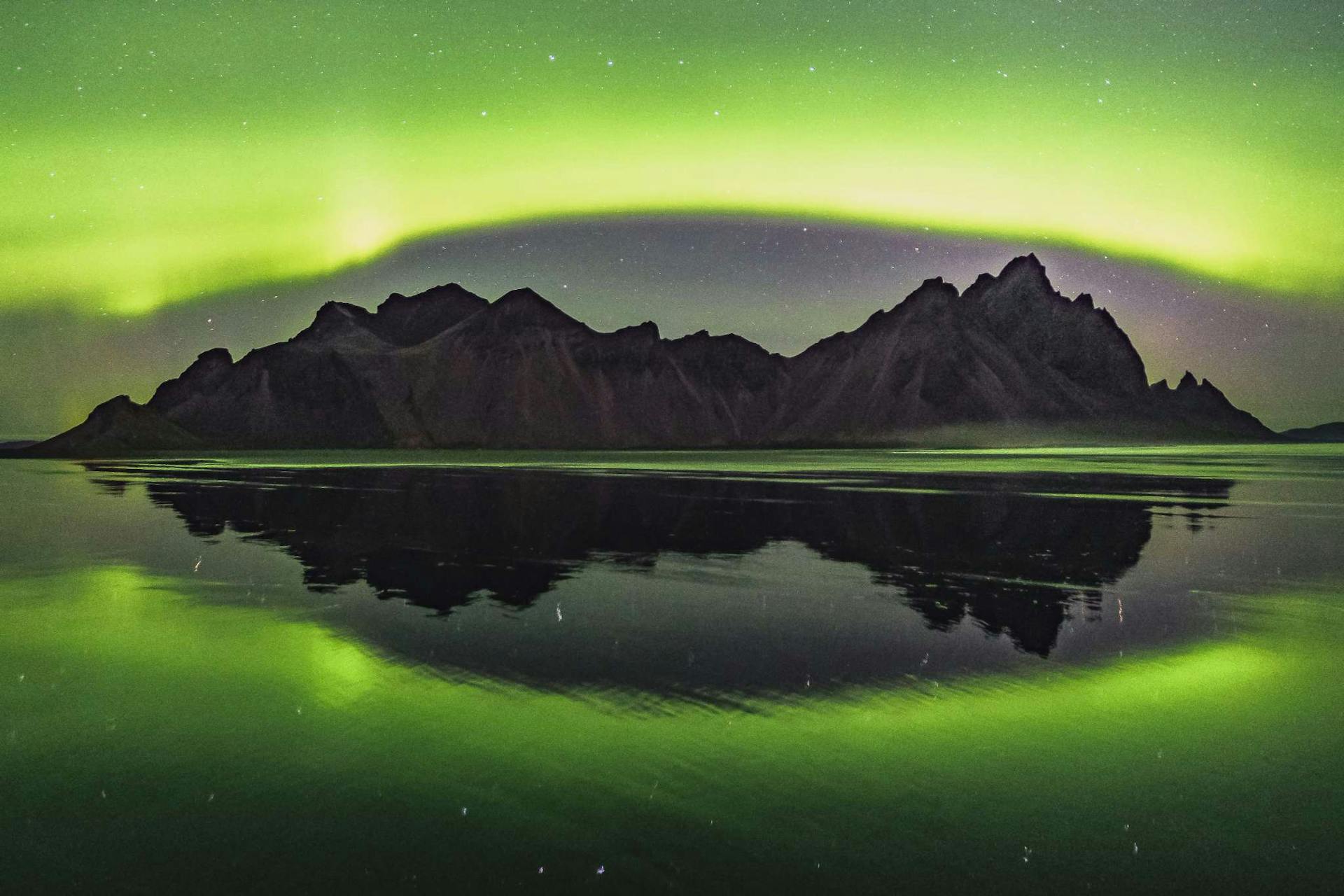
Northern Lights, Dark Skies, and Light Pollution
Beyond early march, you can still see the northern lights in early autumn (September to October) and through the winter months. The key is to find dark skies far from light pollution. North Iceland and east Iceland are excellent for this, as are areas near vatnajökull national park.
Unlike in summer, when the midnight sun makes auroras invisible, March through April is one of the best times for aurora hunting. Just remember: Iceland throws unpredictable surprises, so flexibility in your schedule is essential.
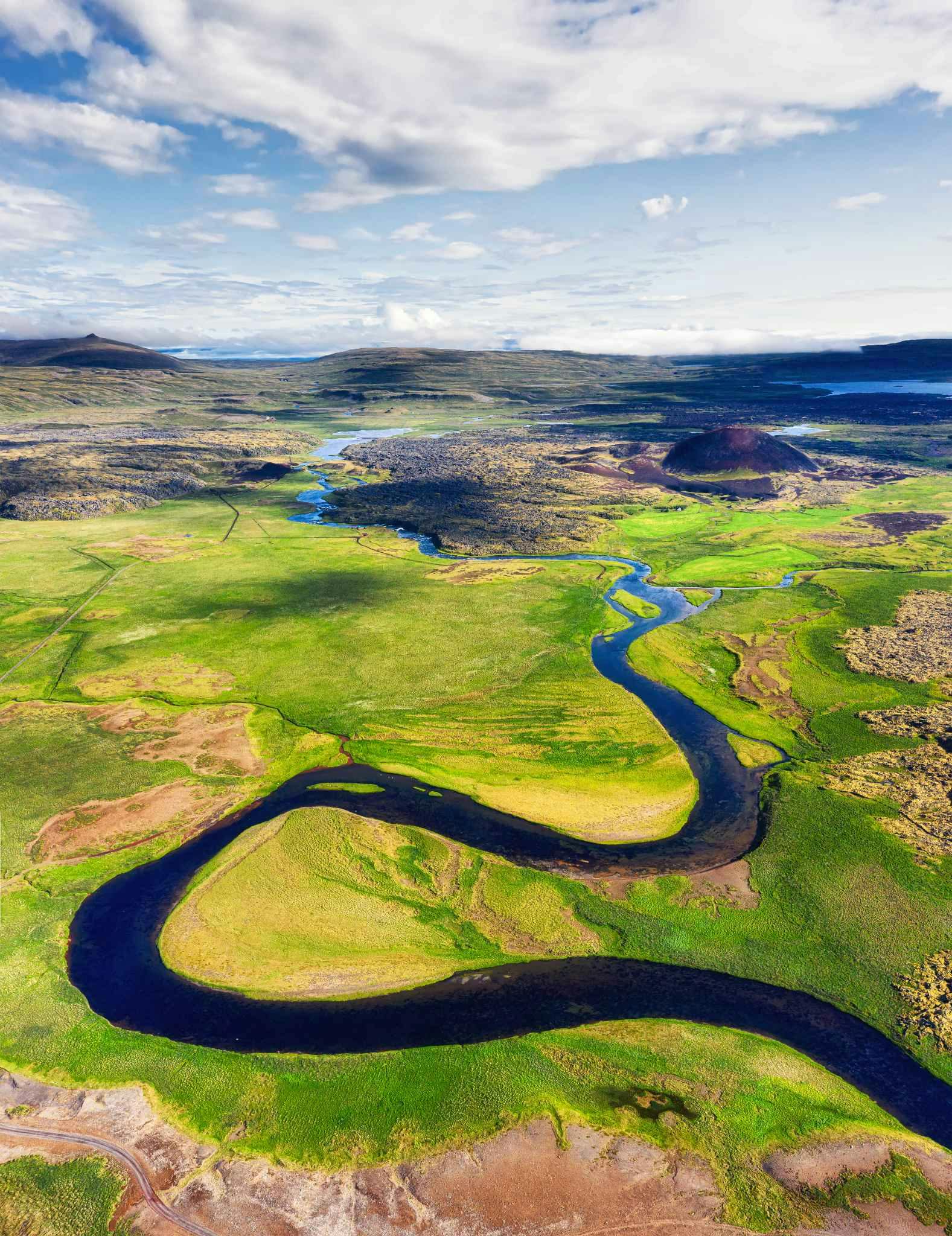
Handling Iceland’s Unpredictable Weather in Spring
If there’s one rule to follow, it’s this: iceland’s weather changes fast. In early spring, you might wake up to sunshine, only for sudden blizzards or dangerous weather to roll in by afternoon. That’s why we always say:
- Check the forecast multiple times a day.
- Keep extra food, water, and fuel in your camper.
- Use studded tires when roads are icy.
Even with road closures in some regions, Iceland is still manageable in a camper. For many happy campers, the unpredictability is part of the adventure.

Early September and Early Autumn: Fewer Tourists and Mild Weather
If you’re looking for fewer tourists, early september is one of the best windows to plan a camper trip. The summer crowds have thinned, campsites are quieter, and the weather is still relatively mild. Hiking trails remain open, and you’ll catch the start of Iceland’s autumn colors across valleys and coastal cliffs.
This period offers the perfect balance: decent daylight hours for exploring, but nights dark enough for aurora hunting. For many camper travelers, early autumn is the sweet spot between summer convenience and winter magic.

Late September and Early Autumn Road Trips
By late september, the days are noticeably shorter, but that’s not a bad thing. The darker nights improve your chances of seeing the northern lights, while daytime temperatures remain manageable.
It’s also a good time to visit Iceland if you want to avoid crowded campsites and still enjoy easy driving. While icy roads might start appearing in the highlands, the ring road and main coastal routes are usually clear. This makes it a great moment for road trips that cover the south coast, black sand beaches, and sea cliffs with fewer crowds.

Winter Months: Snowy Landscapes and Ice Caves
Traveling by camper in the winter months isn’t for everyone, but it’s rewarding if you’re prepared. The snowy landscapes, frozen waterfalls, and glowing auroras make for a surreal experience.
The big draw? Ice caves inside glaciers like those in vatnajökull national park. These crystal-blue caverns are only accessible in winter and are one of Iceland’s most unforgettable experiences. Pair an ice cave tour with visits to national parks like Þingvellir or snæfellsjökull national park, which remain open year round, and you’ll feel like you’re exploring a fairytale.
Just keep in mind: road closures are common, icy roads and snow flurries can make travel tough, and studded tires are essential. With preparation, though, even the coldest months can deliver a once-in-a-lifetime icelandic adventure.
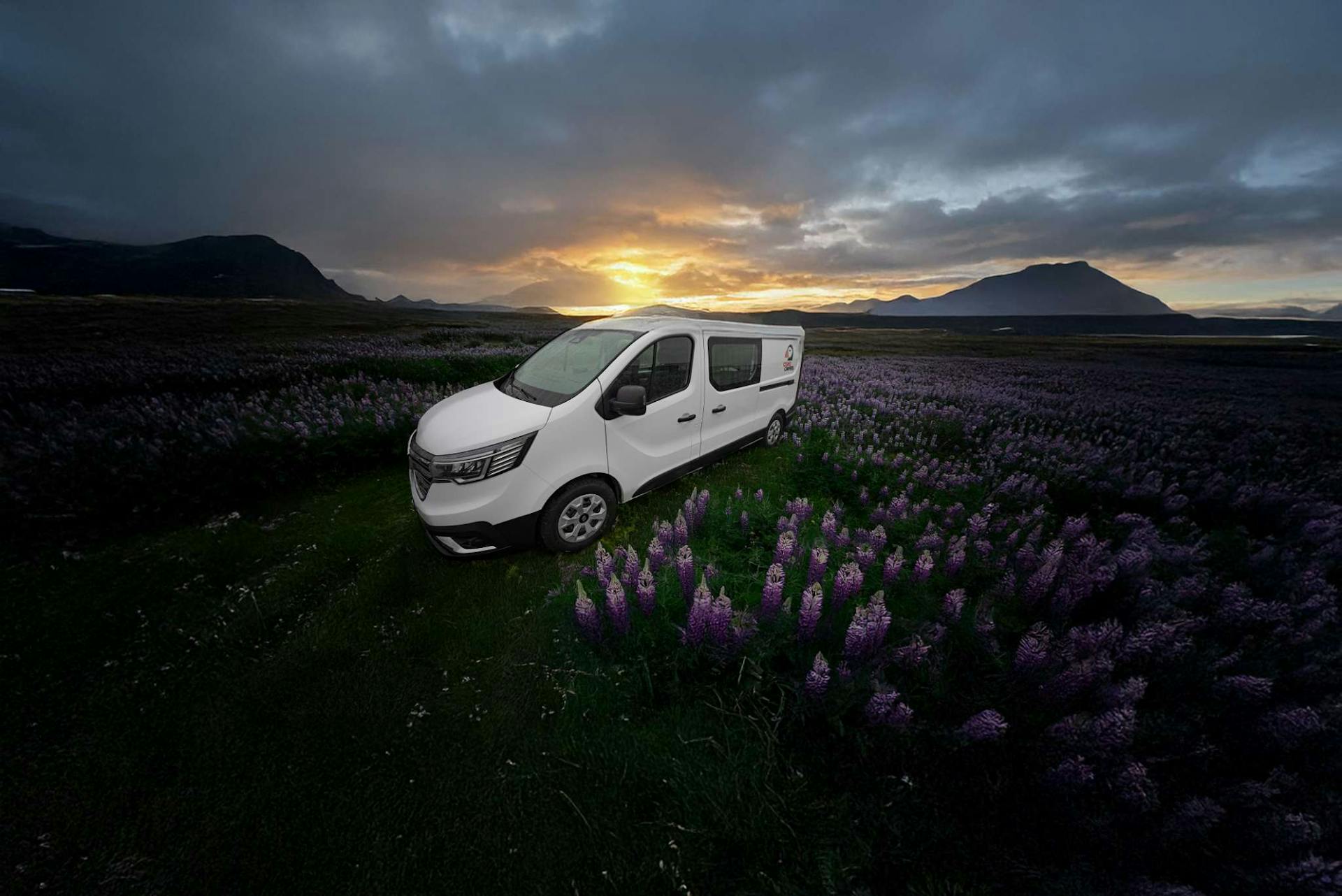
National Parks, Blue Lagoon, and Hot Springs Year-Round
No matter when you go, Iceland’s national parks are always worth a stop. Þingvellir national park is stunning in summer with its green valleys, while vatnajökull national park offers glacier hikes and ice caves in winter. The snæfellsjökull national park combines lava fields, sea cliffs, and a glacier in one compact area.
And of course, a soak in the Blue Lagoon or other hot springs fits into every season. In summer, it’s a refreshing contrast to the midnight sun. In winter, it feels magical to sit in steaming water as snow falls around you. For camper travelers, planning regular hot spring stops also means a chance for hot showers, something you’ll appreciate after long days on the road.
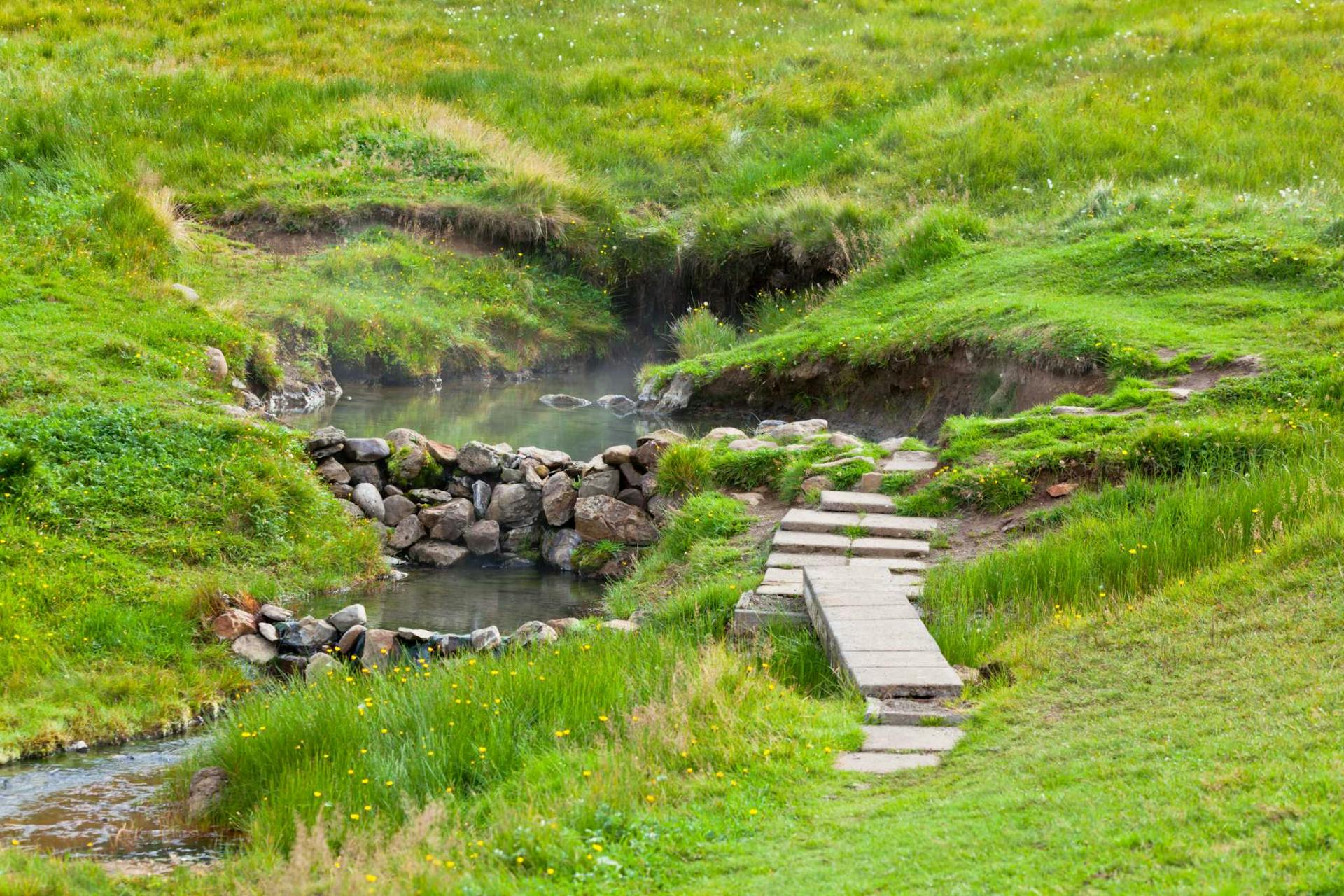
Practical Tips for Camper Travelers
Gas Stations, Offline Maps, and Road Closures
Fill up at gas stations whenever you can—distances can be long, especially in north iceland or east iceland. Always download offline maps, since cell service can drop in remote areas. Keep an eye on road closures, especially in winter months.
Many Campsites and Designated Spots
There are many campsites around the entire country, but remember you can’t just park overnight anywhere. Stick to designated campsites, which often have good facilities like showers, kitchens, and electricity.
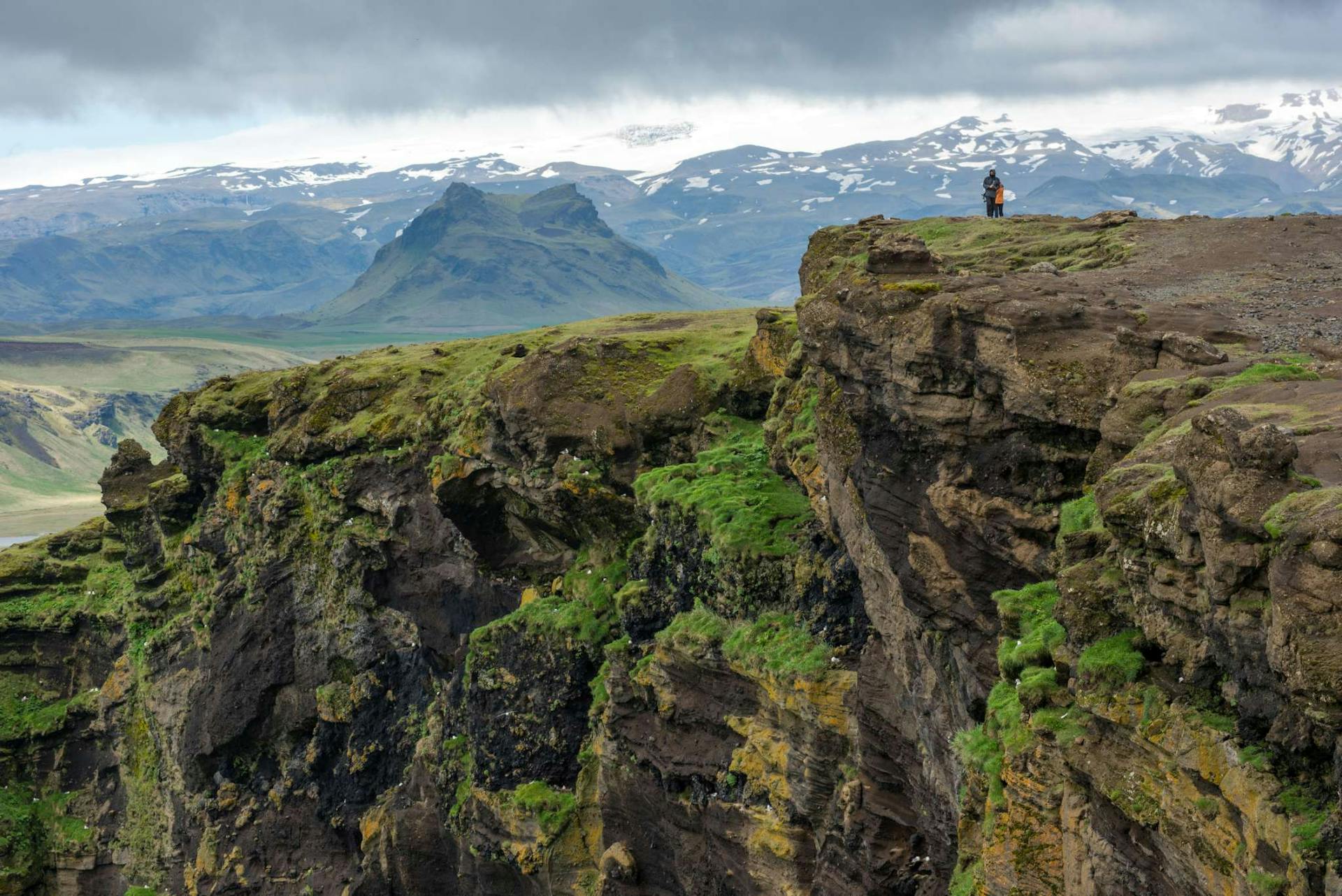
Gear and Comfort
Bring the right camping gear for your season: waterproof hiking boots, warm sleeping bags, and layers for unpredictable weather. If you’re traveling in winter, studded tires make icy roads manageable. These small details make all the difference in keeping your trip smooth.
Finding the Best Time to Campervan in Iceland
So, what’s the best time to campervan in Iceland? It depends on your style:
- Choose summer for midnight sun, long daylight hours, and easy access to the Golden Circle.
- Try early march for aurora hunting, frozen waterfalls, and dramatic snowy landscapes.
- Go in early september if you want fewer crowds and mild weather with a chance at the northern lights.
- Embrace the winter months for ice caves, magical dark skies, and a truly wild icelandic adventure.
No matter when you go, Iceland will surprise you. From black sand beaches on the south coast to iceland’s hot springs, from national parks to hidden valleys, every season offers something unique. As long as you’re flexible, prepared, and ready for unpredictable weather, your camper trip will be an unforgettable journey through the land of fire and ice.
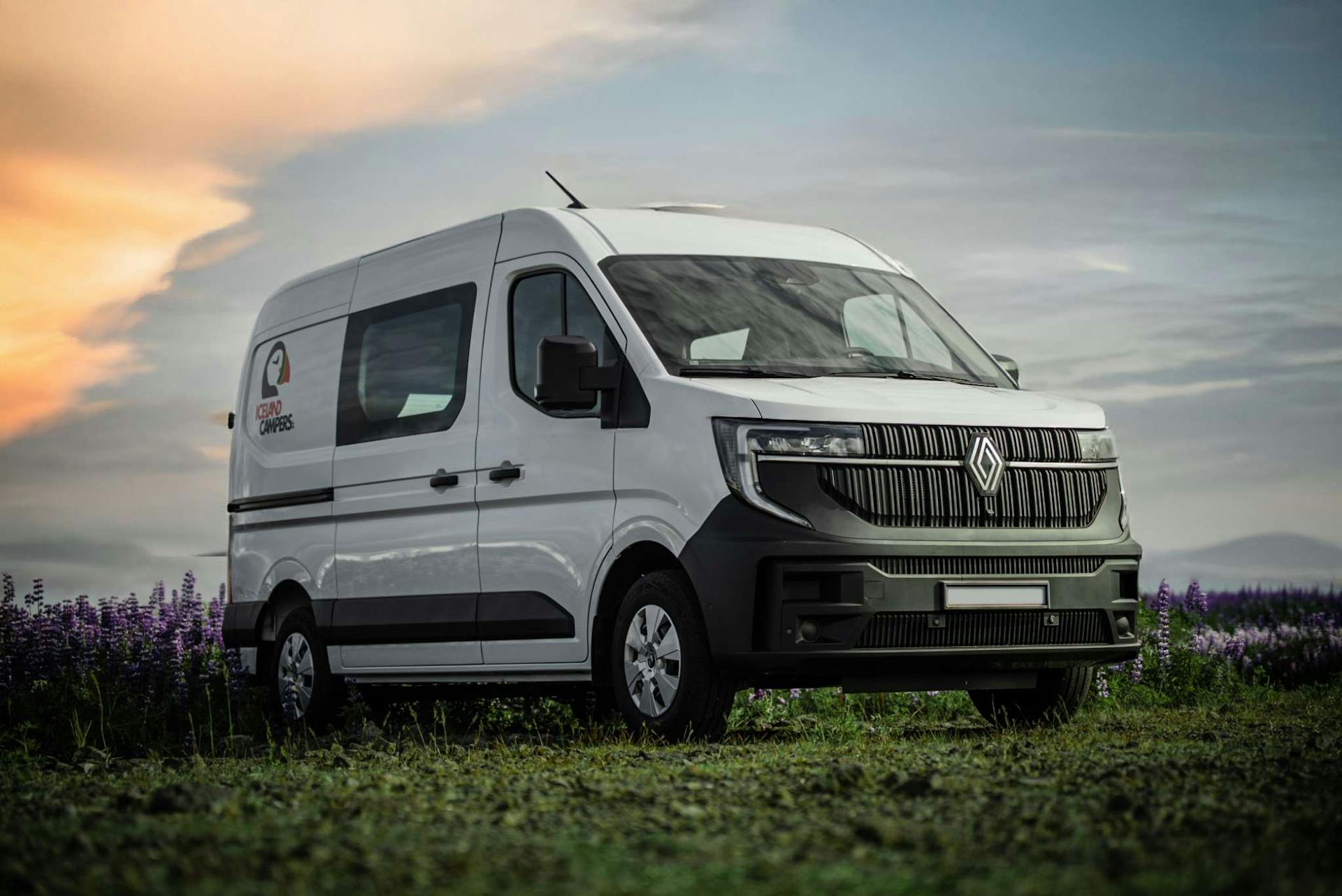
FAQs About the Best Time to Campervan in Iceland
Is a campervan in Iceland worth it?
Yes! A campervan gives you freedom and flexibility to explore Iceland at your own pace. Instead of booking hotels and rushing to check-in times, you can follow the ring road, stop at iceland’s hot springs, or chase the northern lights whenever conditions are right. With campsites open year round and the chance to park near iconic places like the Golden Circle or black sand beaches, a campervan is one of the best ways to truly experience the country.
What are the best and worst months to go to Iceland?
The best time to visit Iceland depends on your goals. Summer months (June–August) bring the midnight sun, long daylight hours, and easy driving conditions, but also summer crowds and higher prices. Early march and late september are perfect for fewer tourists, cheaper rentals, and great chances to see the northern lights. The most challenging months are December–February, when icy roads, sudden blizzards, and road closures are common, but if you want ice caves and magical snowy landscapes, winter can still be rewarding.
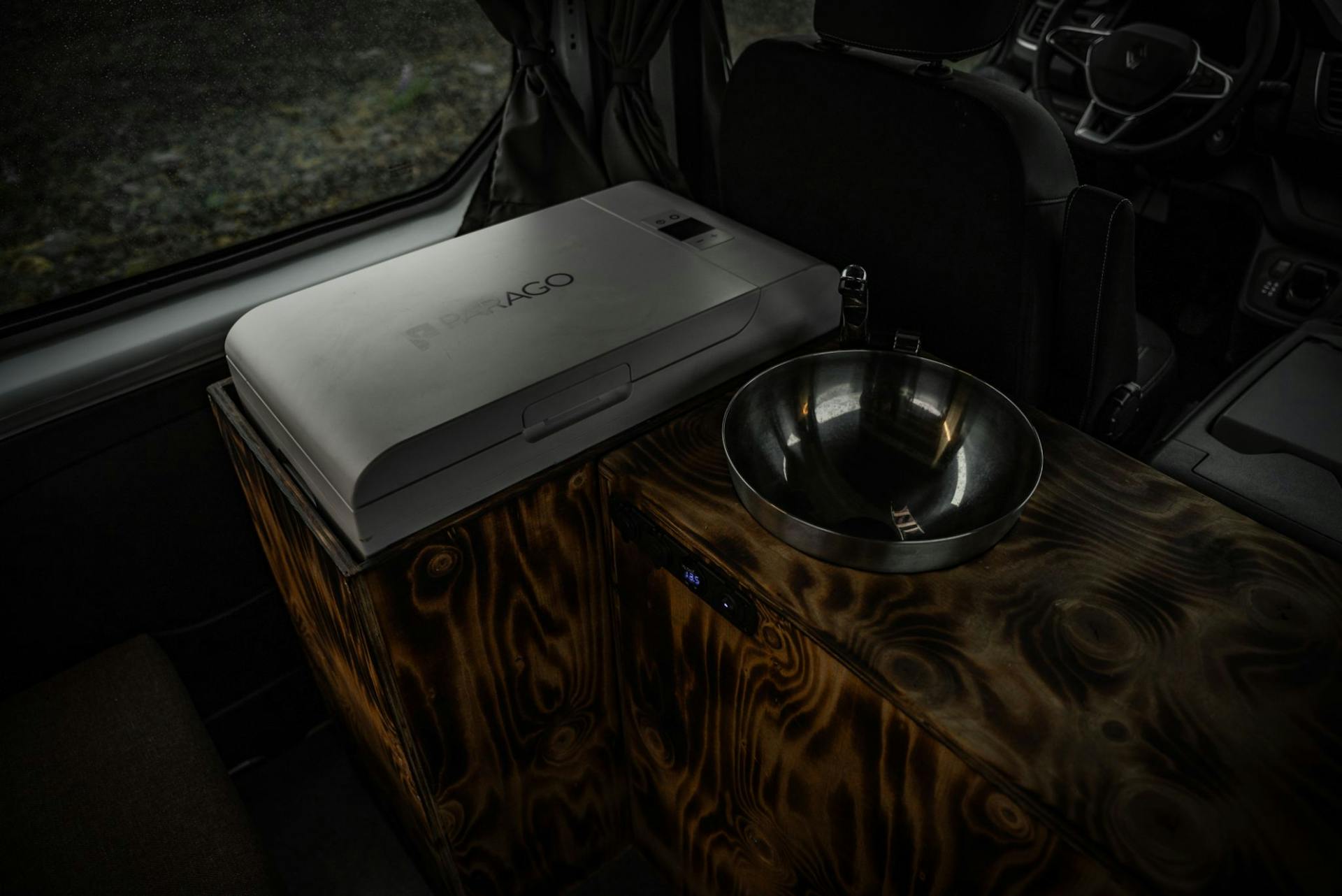
Can you sleep anywhere in a campervan in Iceland?
No. You can’t just park overnight anywhere. Wild camping is restricted, and you need to stay at designated campsites. Luckily, there are many campsites across the entire country, most with good facilities like hot showers and kitchens. Staying at campsites also helps protect Iceland’s fragile nature, so it’s the responsible choice for camper travelers.
Where is the best place to take a campervan in Iceland?
The most popular route is the ring road, which circles the entire island and passes highlights like vatnajökull national park, thingvellir national park, the south coast, and north Iceland. If you have time, detours to the snæfellsjökull national park or east iceland are worth it for hidden gems and fewer crowds. Just keep an eye on iceland’s weather and check if F roads are open before venturing into the highlands.
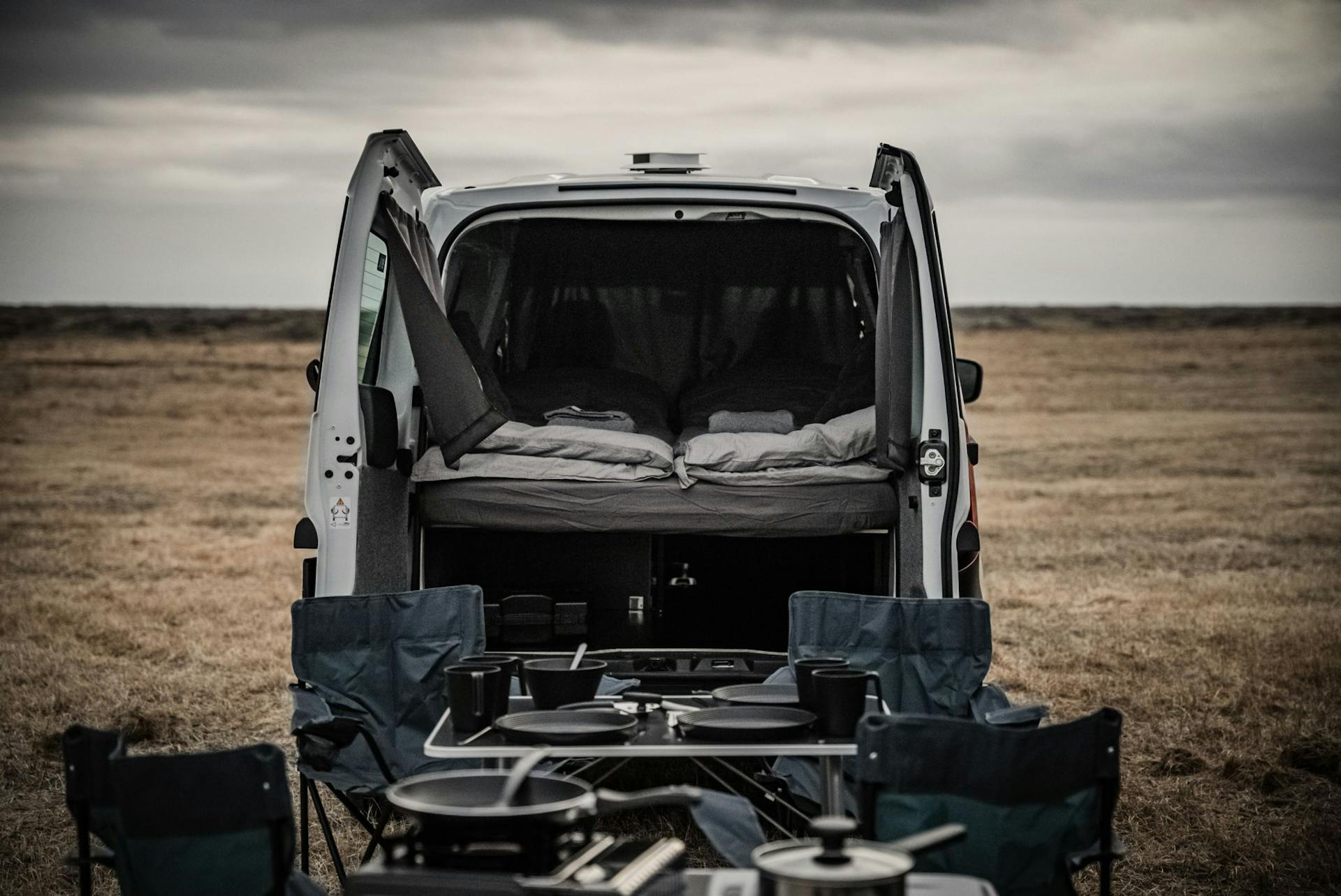
Should I worry about Iceland’s unpredictable weather when planning a camper trip?
Yes, but don’t let it stop you. Iceland’s weather changes fast—you might have sunshine in the morning and sudden blizzards by afternoon. That’s why flexibility is key. Always check the forecast, carry offline maps, and prepare with the right camping gear. With preparation, even dangerous weather can be managed safely, and your trip will still be an incredible adventure.